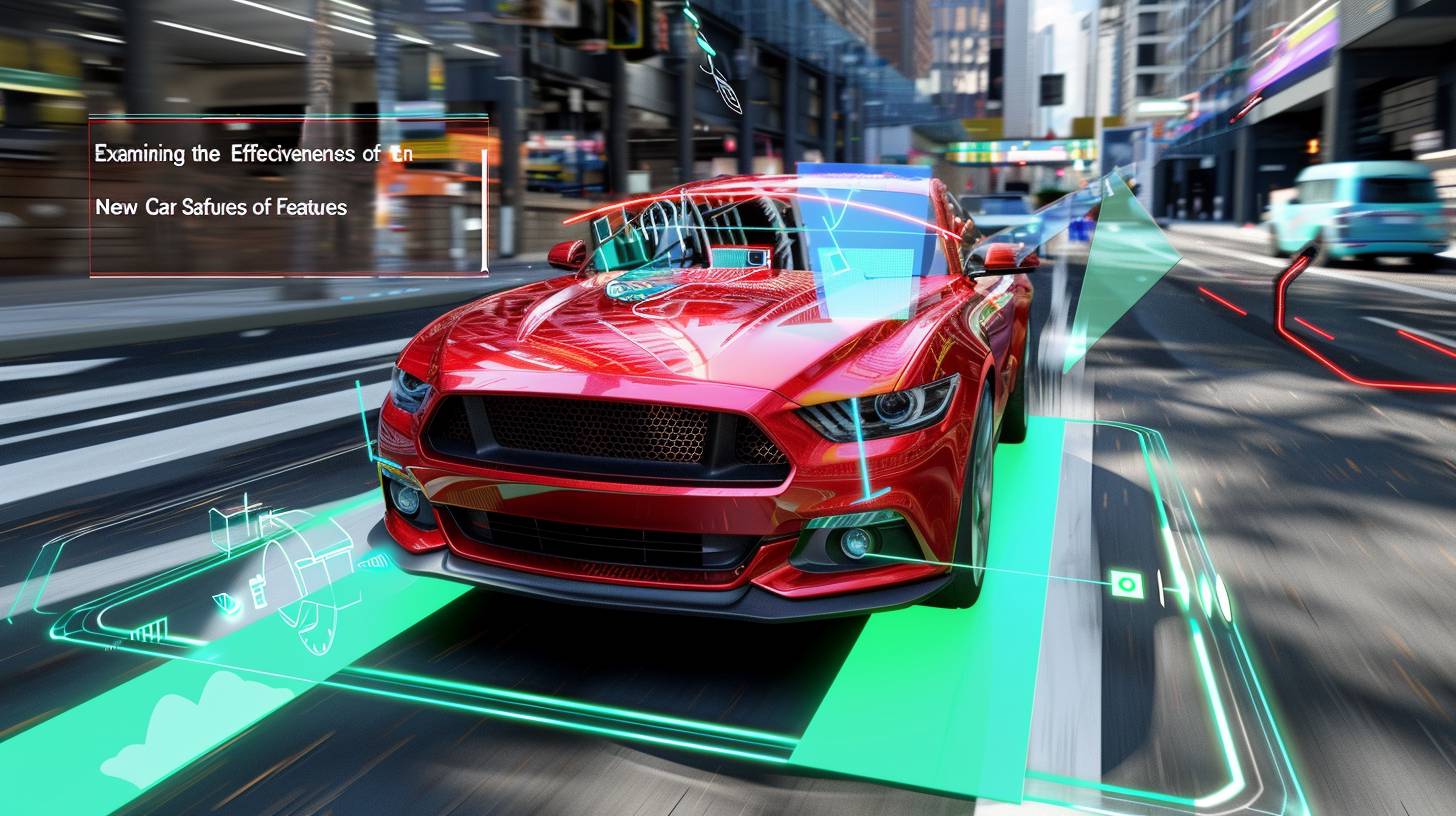
The effect of crash prevention and semi-automated systems
As automotive technology advances, manufacturers are motivated to incorporate numerous features into their vehicles to enhance their competitiveness in the market.
A frequently highlighted feature for the Australian car-buying audience is a “safety suite,” which includes various software-driven crash-avoidance and partial-automation systems aimed at keeping drivers safe on the road.
Honda refers to it as Honda Sensing, Subaru names it Subaru EyeSight, and Toyota labels it Toyota Safety Sense. Regardless of the branding, the intricacies, intentions, and capabilities of these various systems can often bewilder the majority of car buyers.
A recent research by the IIHS identified a significant disparity in safety results between vehicles equipped with software-based crash-avoidance systems and those with partial-automation systems.
Crash avoidance technology encompasses software designed to actively prevent vehicle collisions, including automatic emergency braking, lane departure warnings, and blind-spot monitoring. In contrast, partial-automation systems, like adaptive cruise control and lane-centering assist, are intended to automate specific driving tasks.
According to IIHS data, there was a decrease in the number of accidents involving vehicles equipped with crash avoidance technology; however, partial automation was less successful in averting collisions.
Research outcomes and their significance for automotive safety
In the research, IIHS analysts evaluated the systems in BMW and Mini models from 2013-2017 and Nissan Rogues from 2017-2019. They discovered that Nissans featuring automatic emergency braking showed an 8% decrease in property damage liability claims, while no additional benefits were seen with adaptive cruise control or Nissan’s ProPilot Assist partial automation system.
BMWs and Minis that have automatic emergency braking and forward collision warnings experienced a 7% drop in collision claim rates and a 13% decrease in property damage claims. However, vehicles with BMW’s Driving Assistant Plus partial automation system showed no change.
“All the evidence suggests that partial automation is more of a convenience feature, similar to power windows or heated seats, rather than a safety technology,” stated IIHS President David Harkey.
The research neglects to point out that the two types of systems function completely differently in real-world applications.
As stated in the 2019 Nissan Rogue owner’s manual, the automatic emergency braking system is enabled by default. This is also the case for BMW and other vehicles that come with comparable features.
Conversely, systems with partial autonomy like adaptive cruise control and lane-centering assist are used by the driver in a manner very similar to traditional cruise control. These functionalities do not automatically activate when the vehicle is started or the ignition is turned on.
Furthermore, this study indicates that additional elements, such as headlights, are crucial in avoiding collisions.
The results carry important consequences for the Australian automobile market, where consumer priority on safety is paramount. The findings indicate that although crash avoidance technologies are successful in minimizing accidents and claims, partial automation systems might not provide equivalent safety advantages. This could affect consumer choices and regulatory guidelines in Australia, possibly resulting in a stronger focus on integrating crash avoidance features in upcoming vehicle models.
For Australian investors and stakeholders in the automotive sector, these insights might steer strategic choices. Firms could concentrate on improving crash avoidance technologies to satisfy consumer preferences and regulatory norms, thus securing a market advantage. Moreover, insurers might modify their policies and premiums according to the effectiveness of these safety features, subsequently shaping the automotive environment in Australia.

